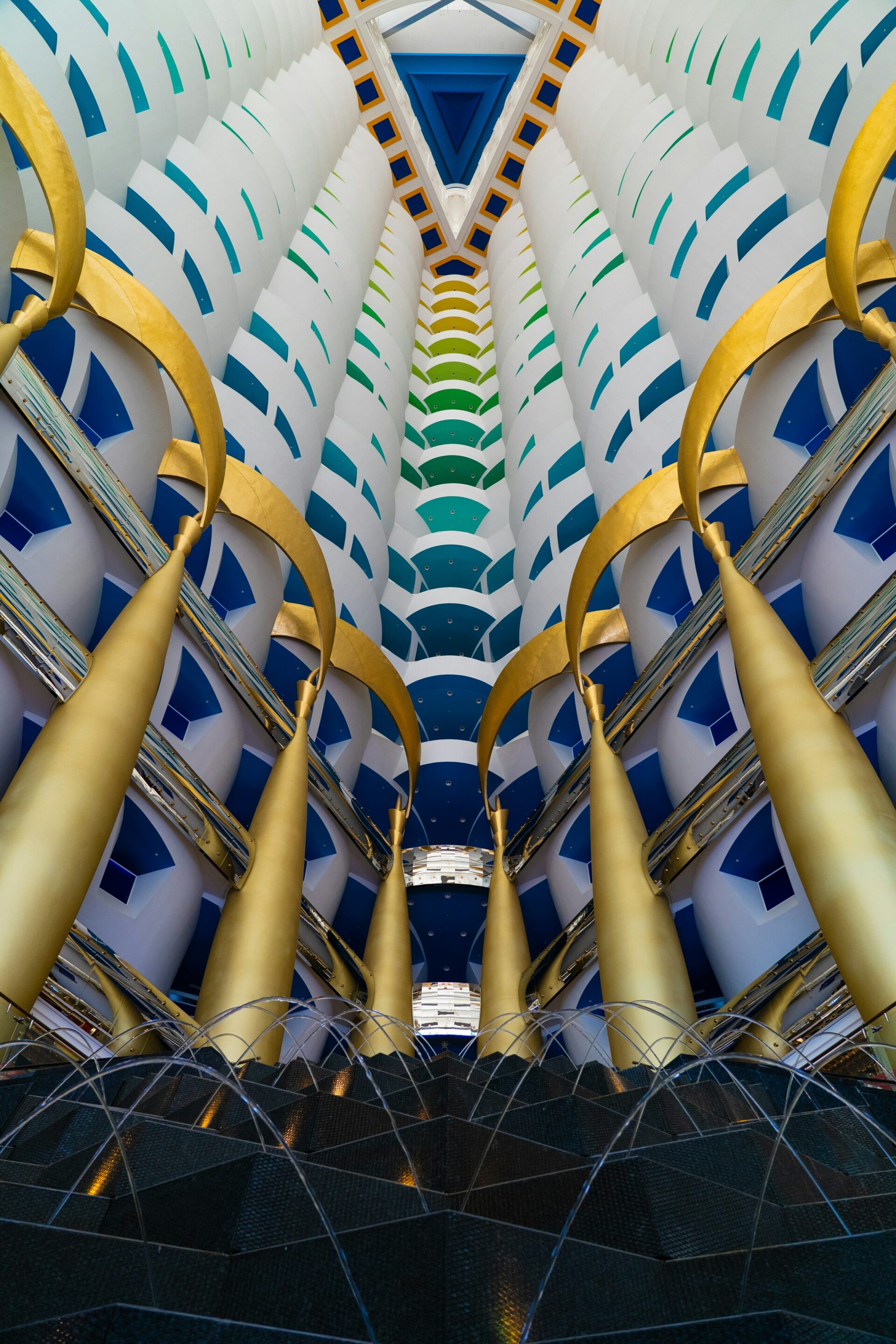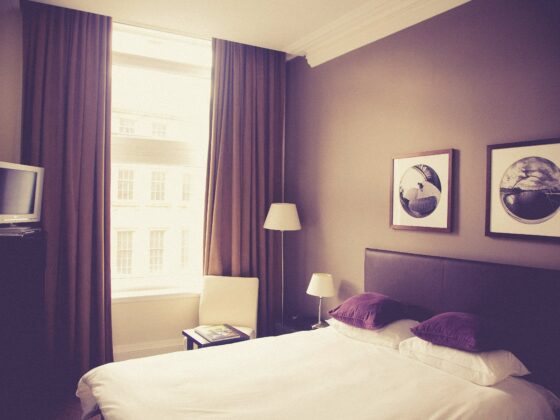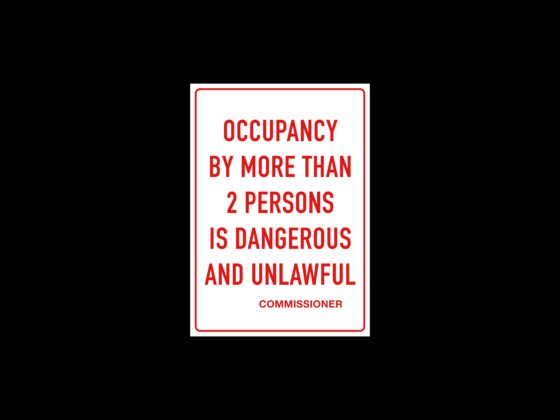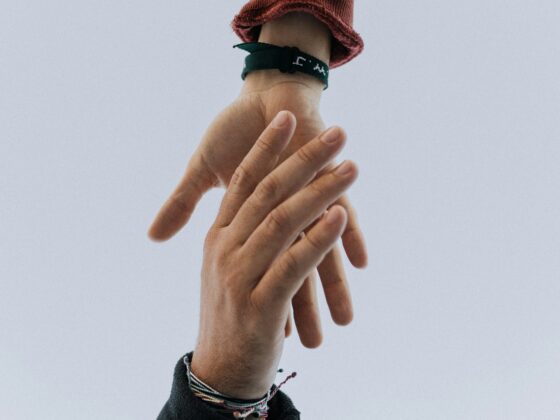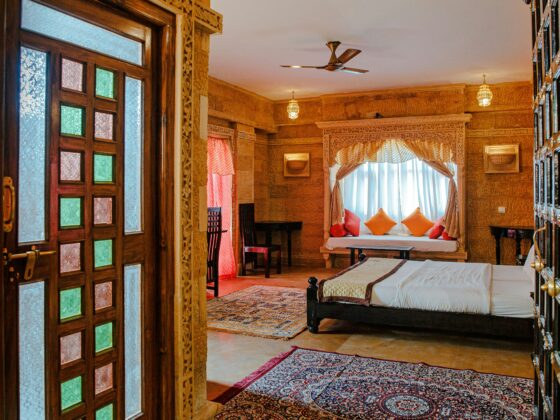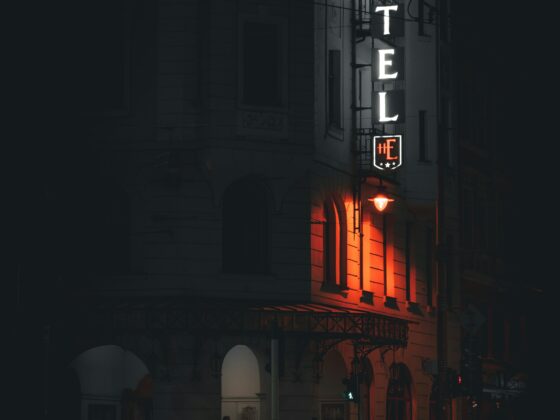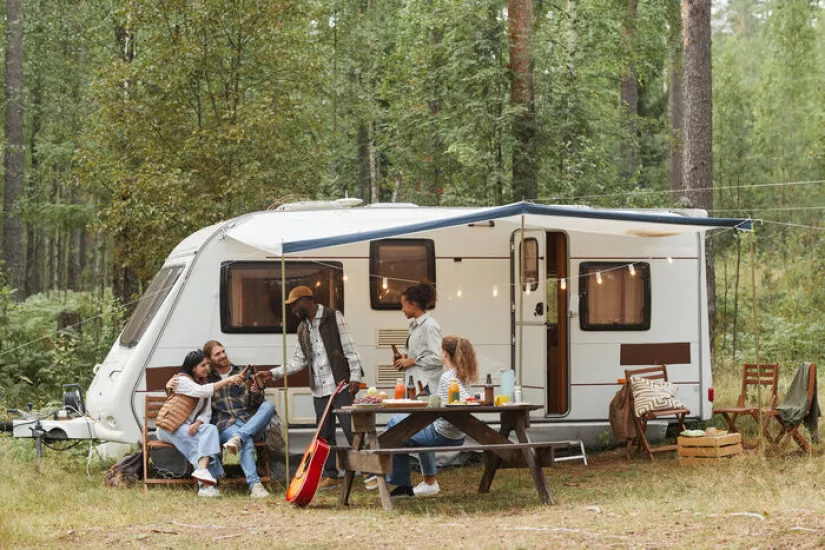
Having examined the performance of the French outdoor hotel industry and its state of health in the first part of this analysis, it is now time to look at the players who are actively participating in the sector’s transformation.
From fragmented to structured market
A remarkable move upmarket
The outdoor hotel market has evolved considerably over the last few decades, with a real structuring of the offering. In fact, at the end of the last century, almost all French outdoor accommodation was owned and operated by families. And if the 21st century was the advent of technology, it was also the advent of the professionalisation of the sector.
This has gone hand in hand with changes in the customer base for this type of accommodation, with the arrival of new profiles such as neo-campers. These new customers have very different needs to the traditional campers. To meet these new expectations, industry players have had no choice but to adapt and evolve accordingly.
And this adaptation has involved premiumising the offer, with bare pitches losing ground to serviced pitches. Between 2010 and 2016, the number of bare pitches fell by 10%, while the number of serviced pitches rose by 20%, according to INSEE. The latter now account for more than 40% of all pitches on French campsites.
The growth in serviced pitches has also been accompanied by a significant improvement in the range of services on offer. Catering is a major component of modern campsites, with the number of sites with restaurants increasing by 7 percentage points between 2011 and 2021, according to the French Federation of Campers, Caravanners and Motor Caravanners (FFCC). The number of swimming pools is following the same trend (+8.5 points). Finally, campsites have fully embraced the digital age, with a massive increase in wifi access…
